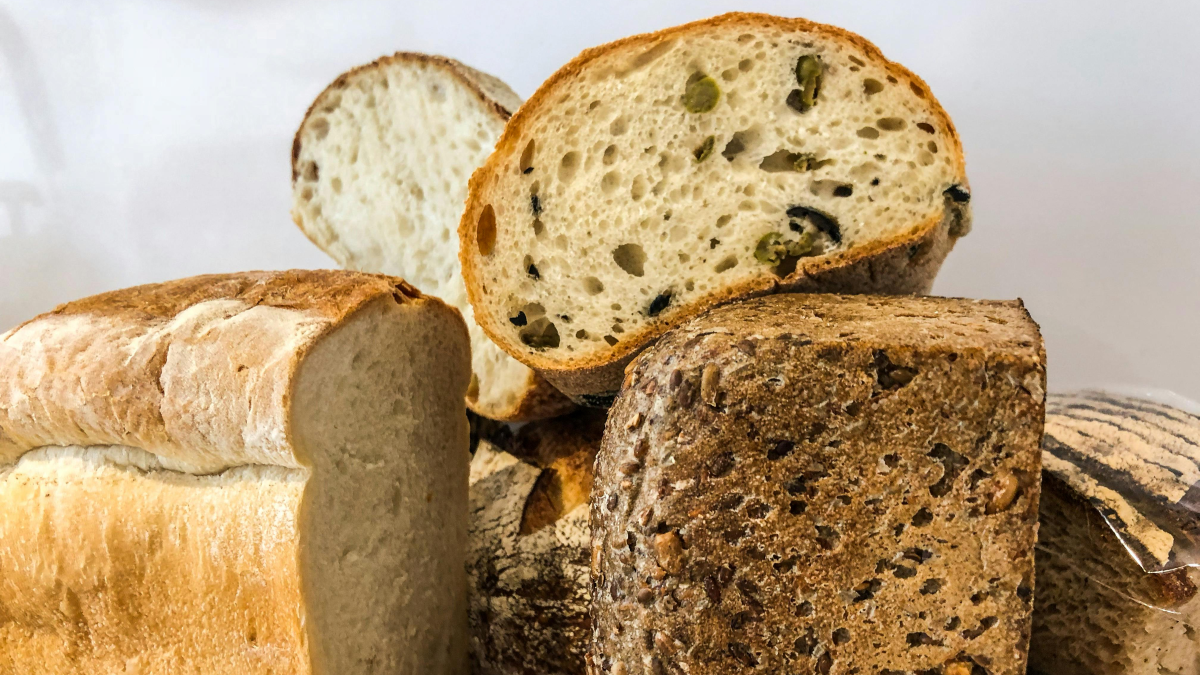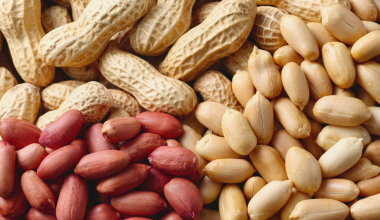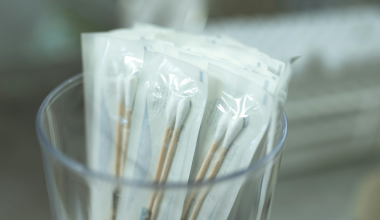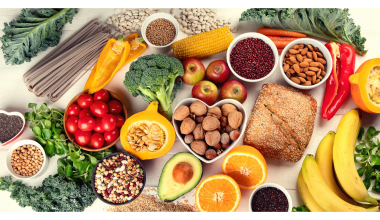What if the trick to making bread healthier was as simple as popping it in the freezer?
Bread is one of the most common (and often misunderstood) foods in our diets. Whether you toast it for breakfast or use it to hold together your lunch, bread is everywhere. And it’s not always easy to figure out which kind is best for you. But here’s a surprising twist: freezing your bread could actually make it healthier. And toasting it after freezing kicks it up one step further.
The Science Behind It
According to a study published in the European Journal of Clinical Nutrition, freezing bread changes the composition of the carbs, making them more complex and changing the speed at which your body processes it.
Normally, when you eat freshly baked bread, the starch is quickly broken down into glucose. This causes a spike in blood sugar. That’s especially true with white bread, which is typically packed with a higher percentage of refined carbohydrates and sugars.
But the study found that when you freeze and thaw bread it lowers its glycemic index (GI). The results are even better if after thawing your bread out, you toast it. The lowered GI means your body digests it more slowly, leading to smaller blood sugar spikes.
Why does this happen? When bread is frozen, some of the starches go through a process called retrogradation. Essentially, the starch molecules rearrange themselves in a way that makes them harder for your body to digest quickly. Some of this starch becomes what’s known as “resistant starch” — and that can be good news for your gut.
It’s important to note, though, that this benefit is seen most clearly in homemade or bakery–style breads that are made without preservatives. The GI-lowering effect is less noticeable in store-bought bread. It often includes additives that change how starch behaves during freezing and reheating. So if you bake at home or buy fresh loaves from a local bakery, freezing and toasting them might give you the biggest health bump.
Resistant Starch: The Unsung Hero
Resistant starch acts a lot like fibre. Instead of being digested in your small intestine, it passes into the large intestine where it feeds your gut bacteria. It can help with digestion, blood sugar control, and can even positively impact long-term health markers like insulin sensitivity and fat storage. In other words, it’s good for the gut microbiome.
In fact, the study suggests that eating resistant starch regularly may reduce your risk of obesity and type 2 diabetes — conditions that are often tied to high-GI diets.
While the change in GI from freezing your bread isn’t massive, it could be enough to make a real difference if you eat bread regularly.
Simple, Smart, and Free
The best part is this little health upgrade costs nothing and takes little extra effort. Just freeze your bread and toast it when you’re ready to eat — you’ll cut down on food waste, save money, and soften the impact on your blood sugar without eliminating something you love to eat.
It’s a small shift, backed by science, with real benefits. So if you like knowing why your food matters — and how to make it work smarter for your health — keep an eye out for more food tips.
~ Read more from The Health Insider ~
- Generic Ozempic: Canada to See Significant Price DropsStruggling with high medication costs? Generic Ozempic is coming to Canada in 2026. Learn how prices could drop from $400 to around $100.
- Think You Know Diabetes? Half of Canadians Still Believe the MythsFrom “too much sugar” myths to unfair blame, Diabetes Canada is calling on Canadians to stop the stigma and learn the facts.
- Ozempic, Wegovy Lawsuits Raise Alarms Over Rare Vision Loss RiskU.S. lawsuits link Ozempic and similar drugs to rare vision loss. Learn the risks of semaglutide medications and what Canadians should watch for.
The information provided on TheHealthInsider.ca is for educational purposes only and does not substitute for professional medical advice. TheHealthInsider.ca advises consulting a medical professional or healthcare provider when seeking medical advice, diagnoses, or treatment. To read about our editorial process, click here.













